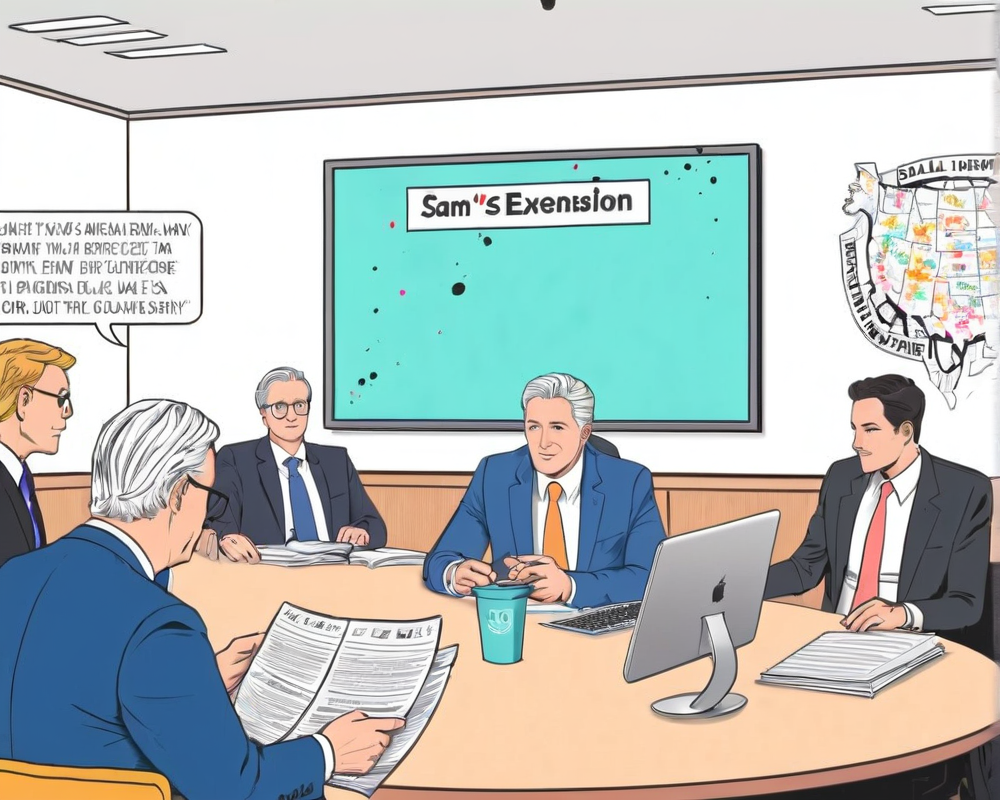The Deflationary Magic of Technology
Technology has a weird way of deflating our daily expenses while simultaneously inflating our worries. Can you believe we went from paying about $25 for a music album on a CD to only $10-$12 on digital platforms? Richard Byworth, CEO of Diginex, makes a solid point about how technology lowers production costs while increasing efficiency. Thanks to digital delivery, we can now enjoy music without the burden of the hefty physical media costs.
A Broader Look at Technological Deflation
This phenomenon isn’t just isolated to music albums. Look around: food, housing, and various services have similarly benefited from technological advancements. What used to cost a pretty penny can now be had for a fraction of the price.
Inflation: The Unwelcome Houseguest
Here’s where things get sticky. Despite the apparent cost savings from tech innovations, inflation still nibbles away at our wallets. Byworth recalls how the financial crisis of 2008 pushed him into the crypto realm—not out of curiosity, but as a strategy to safeguard his capital against the storm of inflation that loomed ahead.
The Money Printing Marathon
Fast forward to 2020, and with the pandemic’s economic aftershocks, we find ourselves in a world where governments are just cranking out cash like it’s going out of style. But here’s the kicker: while we’re grappling with the consequences of this money printing, it feels like we’re living in a real-life inflation horror story.
The CPI: A Misleading Indicator?
When the U.S. central bank talks about balancing inflation targets, they look to the Consumer Price Index (CPI) as their North Star. But is this index really reflecting reality or is it just a convenient distraction?
Deflation vs. Devaluation
As Byworth points out, while consumer prices may seem stable, many goods are actually becoming cheaper thanks to tech advancements. The central banks seem to be missing the broader picture, thinking they can manipulate inflation based on misleading CPI numbers.
Governments and Debt: A Match Made in Inflation
Let’s be real: the government has a staggering amount of debt, and inflation is like a generous discount on that debt. As governments print more money and devalue currency, they tactically reduce the impact of their obligations. The catch? All of this strains the everyday citizen’s ability to save and thrive.
High Value Assets: The New Sanctuary
In these economically precarious times, securing wealth means investing in high-value assets. Whether it’s Bitcoin or stocks soaring in 2020, people are scrambling to safeguard their investments. As Byworth puts it, “This is why Bitcoin is going to continue to be more heavily in demand.”
Conclusion: The Dance of Deflation and Inflation
Ultimately, technology can be that friend who promises to lower your expenses but ends up bringing a slew of inflationary complaints to your door. While we embrace the innovations that make our lives less costly, it’s important to stay alert to the economic undercurrents that often come with them. Welcome to the paradox of progress, folks!




